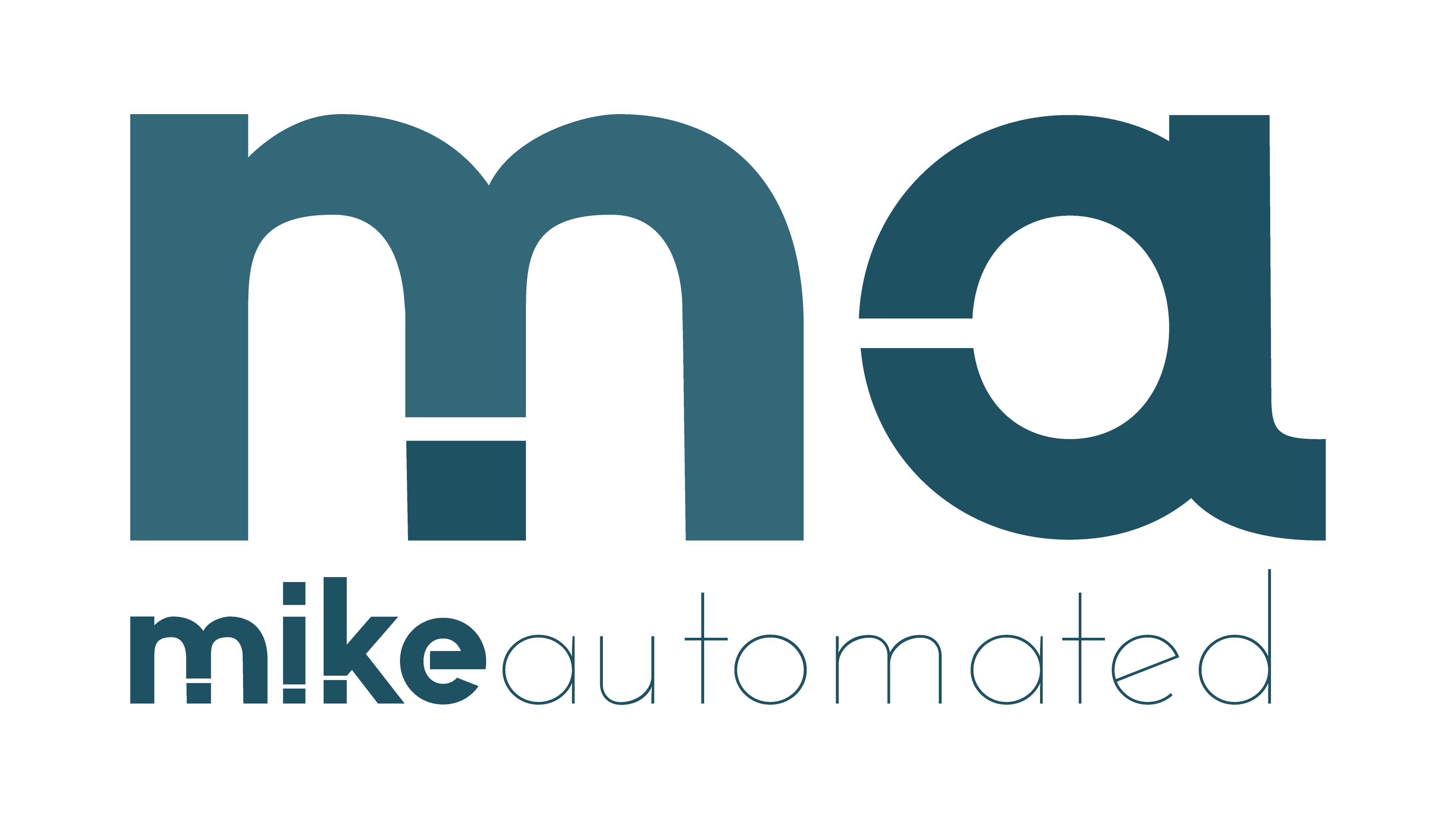Build vs Buy AI: Navigating the Custom vs Off-the-Shelf Debate
When companies set out on the journey of integrating AI into their operations, one of the most pivotal decisions they face is whether to build their own AI tools or invest in off-the-shelf solutions. Business owners, marketing directors, and operations leaders often find themselves at the crossroads of this decision, wondering: Should I build my own AI or use existing tools? This article will untangle the pros and cons of each approach and provide a framework to help you make the best choice for your business strategy.
Understanding the Core Question
The pressing question is not merely about AI implementation but rather about alignment with your unique business strategy. In essence, the decision boils down to a trade-off between customization and speed, risk and reward, and long-term strategic advantage versus immediate efficiency. Gaining clarity on your core business objectives, resource availability, and digital readiness is essential to answering this question.
The Building Block of AI: Custom Solutions
Building your own AI tool is like engineering a bespoke solution that fits your exact business needs. This approach can offer a significant competitive advantage because:
- Customization: You can tailor every component of the AI to suit specific processes, customer behaviors, and industry nuances. An off-the-shelf tool might require you to adapt your processes to the software, but a custom solution molds perfectly to your unique pain points.
- Competitive Edge: A tailor-made system can become a proprietary asset that differentiates you from competitors.
- Integration: Custom solutions can be designed to integrate seamlessly with your existing systems, reducing friction in operations.
However, this route is not without its challenges. It demands a deep investment in time, capital, and talent. For instance, a mid-sized retailer, eager to harness AI for personalized marketing, decided to build an in-house solution. While the journey led them to a tool that knows their customers inside out, they faced months of development, testing, and troubleshooting. The project required specialized hiring and continuous investment, which is not always feasible for every organization.
The Shortcut: Off-the-Shelf AI Tools
On the other hand, purchasing an off-the-shelf AI solution is akin to using a ready-to-cook meal. These tools offer:
- Speed and Efficiency: They are designed for quick deployment, meaning you can start reaping the benefits nearly immediately. As an example, many companies have successfully deployed CRM-integrated chatbots powered by third-party companies that deliver robust functionalities out of the box.
- Cost-Effectiveness: While subscription fees or licensing costs apply, they often come with lower upfront investments when compared to building from scratch.
- Reliability: Reputable vendors have refined their offerings over time, which means you benefit from their experience and continuous improvements.
Despite these advantages, off-the-shelf solutions might not fully resonate with your specialized needs. They often come packaged with features you may not need, while lacking in areas crucial to your competitive strategy. This decision trade-off becomes particularly noteworthy when businesses with specific operational nuances, such as niche manufacturing companies, face misalignment in standard functionalities offered by third-party tools.
Real-World Logic: Balancing Risks and Rewards
Consider the case of MikeAutomated, a firm that prides itself on implementing AI solutions to drive business growth. They often advise clients to look at the broader strategic vision before choosing the approach. For businesses requiring immediate automation to streamline established processes, off-the-shelf products might be the ideal choice. However, if your business model includes innovative features that standard tools don’t provide, investing in a custom-built solution may yield benefits in the long run. For example, a trailblazing e-commerce brand found that a custom-built recommendation engine, though initially resource-intensive, later became a key differentiator that increased customer engagement and sales.
Actionable Framework for Decision Making
Here is a strategic, step-by-step framework to assist in making this crucial decision:
- Assess Your Business Strategy: Establish whether your business can leverage a unique algorithm or process that would be significantly enhanced by a custom AI tool.
- Evaluate Resources and Expertise: Understand your technical capabilities and budget. Custom-built solutions require a high level of technical expertise and a commitment to continuous development and maintenance.
- Consider Time-to-Market: Are you looking for a quick solution that can be implemented rapidly? Off-the-shelf tools often offer a faster deployment with proven results.
- Examine Scalability Needs: Analyze whether your current growth trajectory justifies the long-term investment in custom development or if an off-the-shelf solution meets your growth objectives.
- Risk Analysis: Weigh the risks associated with each option. Custom solutions come with the risk of delays, technical issues, and cost overruns, while pre-built tools might carry integration or limitations in flexibility.
Short “Aha” Moments That Change Perspectives
The decision to build or buy AI is not black and white. Instead, it is a calculated decision based on your business’s unique DNA, its strategic roadmap, available resources, and vision for future growth. Think of it like choosing between a tailored suit versus off-the-rack clothing. While the suit fits perfectly, it comes at a premium cost. Meanwhile, off-the-rack clothing offers decent quality and quick availability, but it may require some adjustments to truly fit.
When organizations align their choice with their strategic goals and resource capabilities, they unlock an “ah-ha” moment where technology becomes the enabler of innovation rather than a hindrance. This perspective shift transforms AI from a buzzword into a strategic asset that powers efficient, scalable, and customer-centric growth.
Final Reflections
The battle between building and buying AI tools mirrors many strategic decisions in business. The right choice hinges on a thorough understanding of your business strategy, resources, and future vision. By avoiding the temptation to merely follow market trends or vendor hype, you can make a decision that best aligns with your core goals and competitive landscape. Whether you decide to build bespoke AI tools or integrate proven off-the-shelf solutions, the focus should always remain on enhancing your strategic capabilities and driving tangible business outcomes.
In conclusion, the best AI strategy is one that supports your business growth and operational efficiency. With thoughtful planning, businesses can leverage the power of AI to turn complexity into clarity. Remember, sometimes the journey of building a custom solution can also lay the groundwork for innovation elsewhere in your organization. And if you’re looking for expert advice on navigating these waters, consider exploring insights from MikeAutomated to transform how your business leverages AI for growth and competitive advantage.


